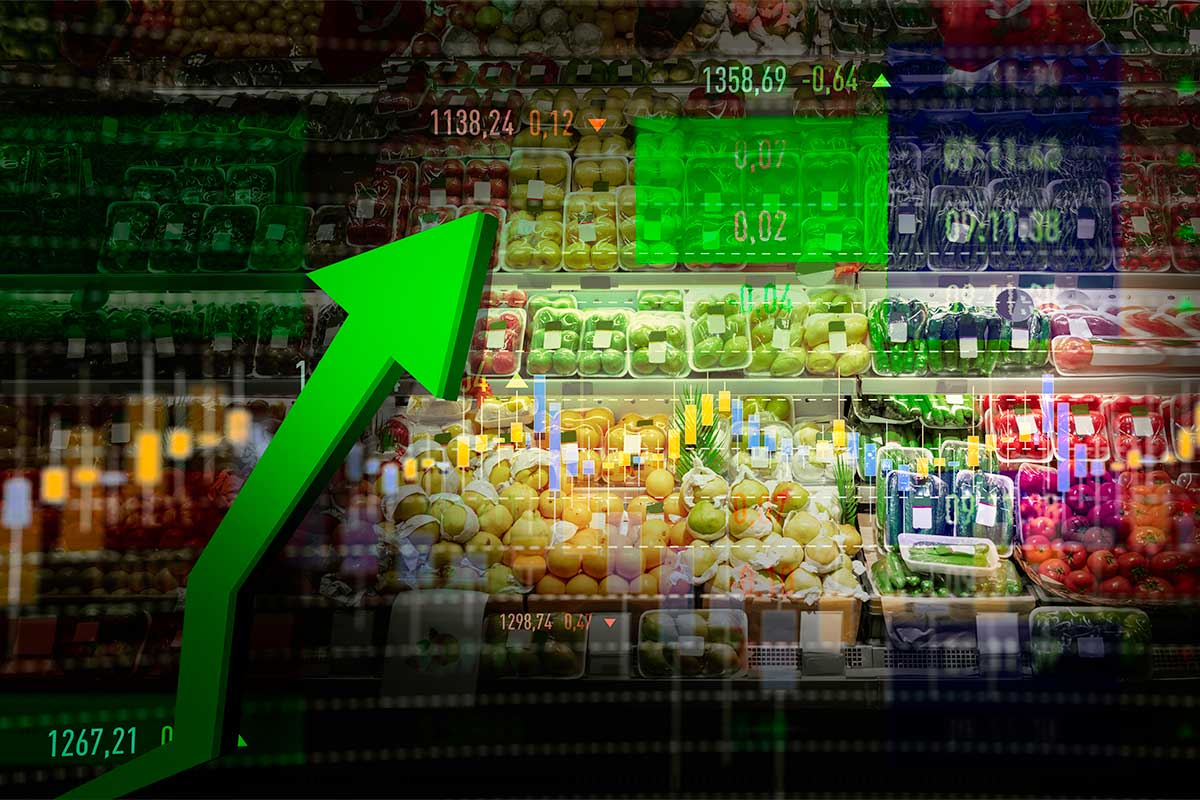When media reports about rising food inflation, the numbers don’t tell how difficult the lives of financially poor people become with prices of food items increasing day by day.
But that doesn’t mean poor Pakistanis, in particular, and others, in general, have found a magic wand to fight food inflation. In fact, mere survival continues to become more and more challenging for tens of millions — month after month and year after year. But who cares?
Advertisement
The Pakistan Bureau of Statistics (PBS) reports inflation measured through the Sensitive Price Index (SPI) — or price changes in 51 essential items — cumulatively and also separately for five “expenditure groups”. In the first group are people who spend up to Rs17,732 per month and in the last group fall those who spend more than Rs44,175.
The vast majority of Pakistani families can be categorised in the first four groups whose monthly spending remains somewhere between Rs17,732 and Rs44,175. The latest PBS figures show that during the week ending on July 6, yearly SPI inflation or inflation in prices of essential items for these four groups ranged between 27.3 per cent and 32.2pc. Can we imagine how difficult it would have become for these people to survive with a decline of 27.3-32.2pc in their real income within a year?
And, here the question of replacing some items or giving up some others doesn’t arise because the list of 51 essential items includes only those items that are most essential like petrol and CNG (in the fuel group) and wheat flour, rice, cooking oil, pulses and potatoes (in food group). The SPI inflation is very high and its impact on the lives of millions is outright life-threatening or at least life-crippling.
If we look at overall food inflation (as a component of the consumer price inflation) the picture is no different. In June, the yearly food inflation stood at 24pc in urban areas and 27pc in rural areas. Now, what does this mean for people falling anywhere between “expenditure groups” of Rs17,732 and Rs44,175 per month? It doesn’t take a poet’s heart to understand the miseries of such financially poor people who have to purchase food items at prices 24pc higher in urban areas and 27pc higher in rural Pakistan.
The whole story becomes further disappointing given the fact that the majority of such people don’t get any relief from the government. The federal government announced in June a monthly subsidy of Rs2,000 for all those who earn less than Rs40,000 per month to help them absorb inflationary pressures that erupted after a sharp rise in domestic fuel oil prices. Since providing even this meagre relief would cost the government an estimated Rs28 billion a month, federal ministers defend this low level of financial support that would help around 14 million “deserving families.”
First of all, not all people falling between expenditure groups of Rs17,735 and Rs44,175 would be eligible for this ‘generous’ relief. And, secondly, even for deserving families that qualify for it, it would hardly make an impact on their day-to-day life.
If you substitute the words “expenditure groups” with “income groups” which actually is the case for many among those who fall in the so-called “expenditure groups”, what does an additional monthly inflow of Rs2000 do? Those with a monthly income of Rs40,000 would have Rs42,000 to spend. That’s it. But this Rs42,000 would have purchasing power (in terms of food items) of Rs31,900 in urban Pakistan in terms of the real value of the money a year ago. In the rural areas, it would have an even lower value — Rs30,660. (These calculations have been made in view of the officially announced yearly food inflation of 24pc in urban areas and of 27pc in rural areas).
Food inflation in Pakistan has been on the rise as elsewhere in the world. There are no two opinions about that. But the problem is that our policymakers don’t acknowledge the fact that structural deficiencies in our agriculture sector, lack of effective coordination between federal and provincial governments, absence of effective district governments, very weak implementation of the laws against unfair market practices like smuggling, cartel making, hoarding and overcharging, price inelasticity of most essential food items, broken supply chains and the existence of a large grey economy also continue to fuel food inflation, in particular, and overall inflation in general.
Most of them find it convenient to blame international fuel and food commodity prices — and in our case the rupee’s depreciation — for rising food inflation.
Little wonder then that food inflation in Pakistan remains much higher than in other Asian countries that too face the impact of international fuel and food commodity prices. In June average food inflation in China, India and Bangladesh stood at 2.9pc, 7.75pc and 8.3pc respectively, according to Bloomberg.
Repeated wheat flour and sugar crises, and consequent spiralling up of their retail prices, seen during all governments and most recently during the PTI government are still fresh in the collective memory of Pakistanis. And the ongoing edible oil crisis and unjustifiable price hikes are still far from over.
During Eidul Azha, most retailers in Karachi were charging Rs100 per litre over and above the printed prices of edible oil and ghee. A three-litre pack of a leading brand of cooking oil was being sold for Rs1800 against the printed price of Rs1485. This betrays the claims of the local administration about effective checks on unfair business practices.
(ANN/ Dawn)









